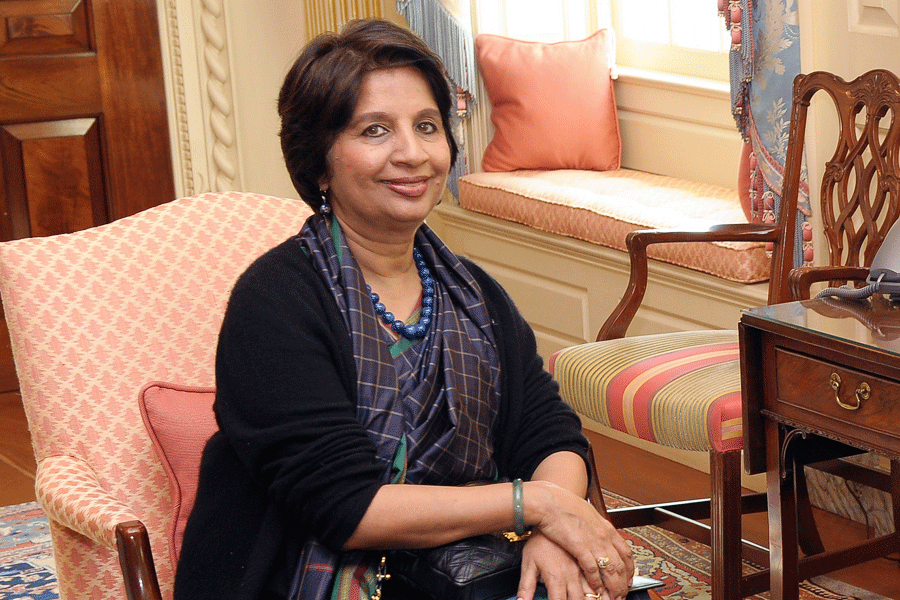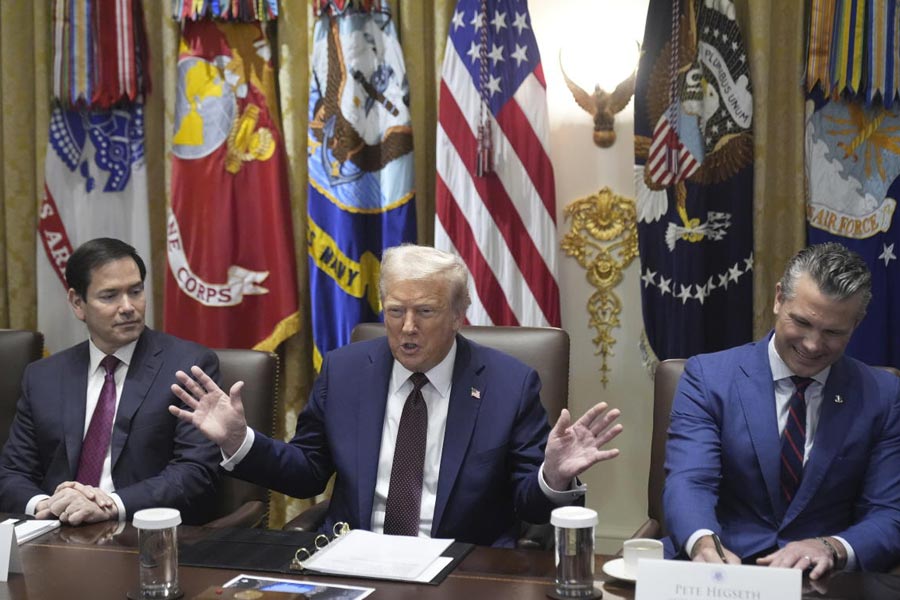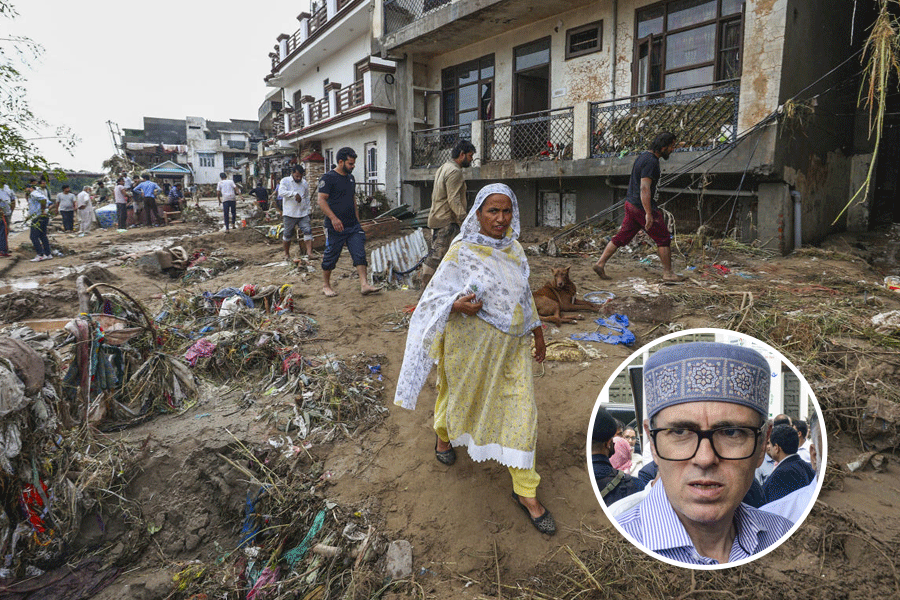 |
To do or not to do. That may be the question Indian negotiators participating in the UN climate summit in Copenhagen are grappling with. India and other major developing countries were under pressure from all sides to put their domestic climate actions up for international scrutiny, after the first week of negotiations ended at Copenhagen.
Thousands of diplomats, scientists and environmental activists from 192 nations descended on the Danish capital to find a lasting solution to the warming of the planet. Though there are many proposals, nothing so far suggests a deal will be struck by the closure of the summit on December 18, despite the long official deliberations as well as backroom manoeuvres to stitch up one.
A common meeting ground has remained elusive, with different groups clinging steadfast to their already stated postures. The Annexe-1 countries (that is, the rich nations) which had agreed to reduce emissions by 5 per cent under the Kyoto Protocol by 2012 but did precious little so far now want big developing countries like India and China to allow international scrutiny of their climate mitigation actions. The developing countries, on the other hand, are asking the rich ones to make deeper emission cuts and make available enough resources and technology to help them cope with the adverse effects of climate change and set themselves on the path of low-carbon growth.
“Progress has been very disappointing,” said Indian negotiator Chandrashekhar Dasgupta at the end of the first week. The major developing countries are resisting the move to make available for public scrutiny their plans of reducing emission intensity, saying their domestic actions are voluntary and not part of any international agreement.
While New Delhi continues to hold the rich nations responsible for the current climate mess and states that emission cuts are not an option for India as it has to tackle poverty and underdevelopment, it recently announced steps to voluntarily reduce its emission intensity by 20 to 25 per cent by 2020. China and Brazil have offered to take similar steps.
The wealthy nations, however, want India and the others to do more. They say the emerging economies have to commit themselves to these stapes on paper and make them available for the world to see. “A press release domestically” won’t do, thundered US chief negotiator Todd Stern at a press conference in Copenhagen on Wednesday.
“There needs to be transparency so that everybody can have confidence that everyone is undertaking what they said they were going to do, and to know where the whole world is going with respect to emissions,” he said.
Stern’s remark, however, invited sharp criticism from developing countries. Talking on behalf of G-77 and China, China’s senior negotiator Yu Qingtai said, “They should not always focus on what the developing countries should do; they need to fulfil their commitment.”
Referring to the US directly, he said some parties may not be part of the Kyoto Protocol, but are in the UN Framework Convention on Climate Change (UNFCCC) process. The US has so far refused to ratify the Kyoto Protocol, saying that it will hurt growth.
“The same countries that failed to honour their emissions cut commitment are now preaching,” said Jayaraman Srinivasan, senior atmospheric scientist at the Indian Institute of Science, Bangalore.
The developed countries have postponed meeting their targets by 10-15 years without penalty, worsening the climate impact and pressures on developing countries, Srinivasan said. The UNFCCC had stipulated that emissions by the rich countries should peak by 2000, but now it appears that the deadline will be shifted to 2015 or 2020, depending on what is agreed upon at Copenhagen or later.
“I do not think India needs to succumb to pressure. We have resisted such pressure (in the case of the Nuclear Non-Proliferation Treaty) when we have concluded it is not in our national interest,” Dilip Ahuja, Indian Space Research Organisation professor of science and technology policy at the National Institute of Advanced Studies (NIAS), Bangalore, told KnowHow. India has iterated that there was no question of subjecting its domestic climate mitigation actions to international scrutiny.
However, India can make conditional commitments. “We could make our commitments on lowering energy intensity (or emissions intensity) conditional on the lowering of emissions by the rich countries,” said Ahuja.
There has also been a well-orchestrated move to drive a wedge in the G-77 and China, the grouping that represented 120 developing countries. Out of the blue, Tuvalu — a small Pacific island nation and member of the G-77 and China grouping — proposed a new treaty, similar to the Kyoto Protocol. The ostensible reason was to make the US — which hasn’t ratified the Kyoto Protocol — accountable through an international treaty. It also proposed that major developing countries that “voluntarily elect to do so” can become part of this new arrangement to take “verifiable, nationally appropriate mitigation commitments or actions”. The G-77 and China group rejected the proposal outright on the ground that it was flawed.
The summit may witness a renewed effort to clinch a deal when the heads of many countries, including Prime Minister Manmohan Singh and US President Barak Obama, reach Copenhagen this week.










